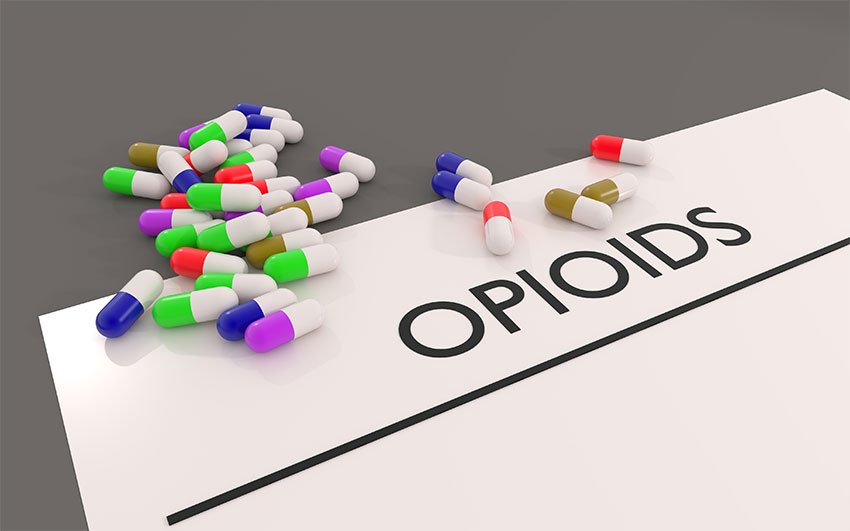National Safety Council’s Report on Opioids
Pain Care Part 4: Analyzing the statistics – overdoses, addiction rates and physical & mental side effects of opioids
Before the mass marketing of prescription opioids began in the mid 1990s, about 10,000 drug overdose deaths occurred each year in the United States. In 2016, that number amounted to roughly 64,000, more than car-related deaths (about 55,000), HIV-related deaths (45,000) and gun deaths (39,000) in their peak years. Drug overdoses are the leading cause of death of persons under the age of 50.
Deaths directly related to prescribed opioids occur about 16,000 times a year, but these opioids are widely thought to be indirectly related to an alarming growth of heroin and other-drug related deaths. That is partly because prescribed opioids are a gateway to illicit drugs. Too many Americans in pain do not understand the risks of prescribed painkillers.
 Digging into this epidemic, The National Safety Council issued in 2015 a report: The Psychological and Physical Side Effects of Pain Medications. When it released the report, the NSC said:
Digging into this epidemic, The National Safety Council issued in 2015 a report: The Psychological and Physical Side Effects of Pain Medications. When it released the report, the NSC said:
“More Americans overdose on prescription painkillers than on heroin and cocaine combined. If doctors and their patients understand the risks and side effects, they can discuss safer, more effective options. Without an honest dialogue, we’ll continue to see a cycle of addiction and overdose that has made opioid painkiller use a public health crisis.”
Mortality
The NSC points out that prescribed opioids may lead to deaths that are frequently attributed to other causes, such as HIV from intravenous use, motor vehicle crashes, workplace safety incidents, and falls sustained by the elderly.
“The risk of death,” it cautions, “is markedly increased when opioids are taken with benzodiazepine medications. Despite this danger, benzodiazepines are prescribed to about 30% of people on chronic opioid therapy.”
On the link between opioids and heroin, the NCS reports that “Four out of five heroin users started with prescription drugs. Typically, individuals will start misusing opioid pain pills, and when their habit becomes unaffordable (commonly $100-200 per day) they change to heroin, a cheaper alternative that produces the same effect.”
Addiction
The National Safety Council defines this condition as a “primary, chronic disease of brain reward, motivation, memory and related circuitry. Without treatment or engagement in recovery activities, addiction is progressive and can result in disability or premature death. Some individuals believe that they were essentially addicted after their first dose – even if prescribed by a medical provider.”
Impaired recovery from injury
The NSC reports on a study that showed that “even after controlling for injury severity, increasing opioid doses correlated with increasing length of disability. In other words, for those with equivalent injuries and levels of pain, those with no opioids did better than those with higher dose opioid treatment. The same study showed that opioids increased the risk of future back surgery.”
Another study showed that opioids prescribed within 6 weeks of injury doubles the risk of disability one year later. And, patients taking opioids prior to back surgery have been shown to have worse outcomes with increased pain, decreased function and increased depression.
The report ended with a “Call to Action,” which included a recommendation to insurance companies to facilitate non-drug treatment of pain.
The final words were, “We need to change the paradigm of how we treat pain in this country. In the process, we will reduce the suffering from pain, save money, and save lives.”
You may also like the other articles in this series:
Too Good to be True: How We Turned the Corner on Opioids